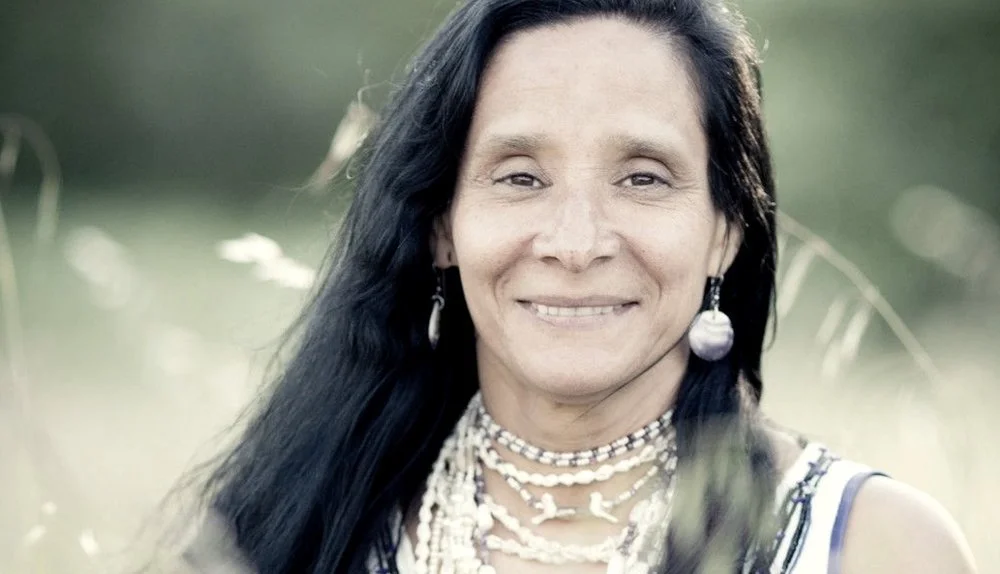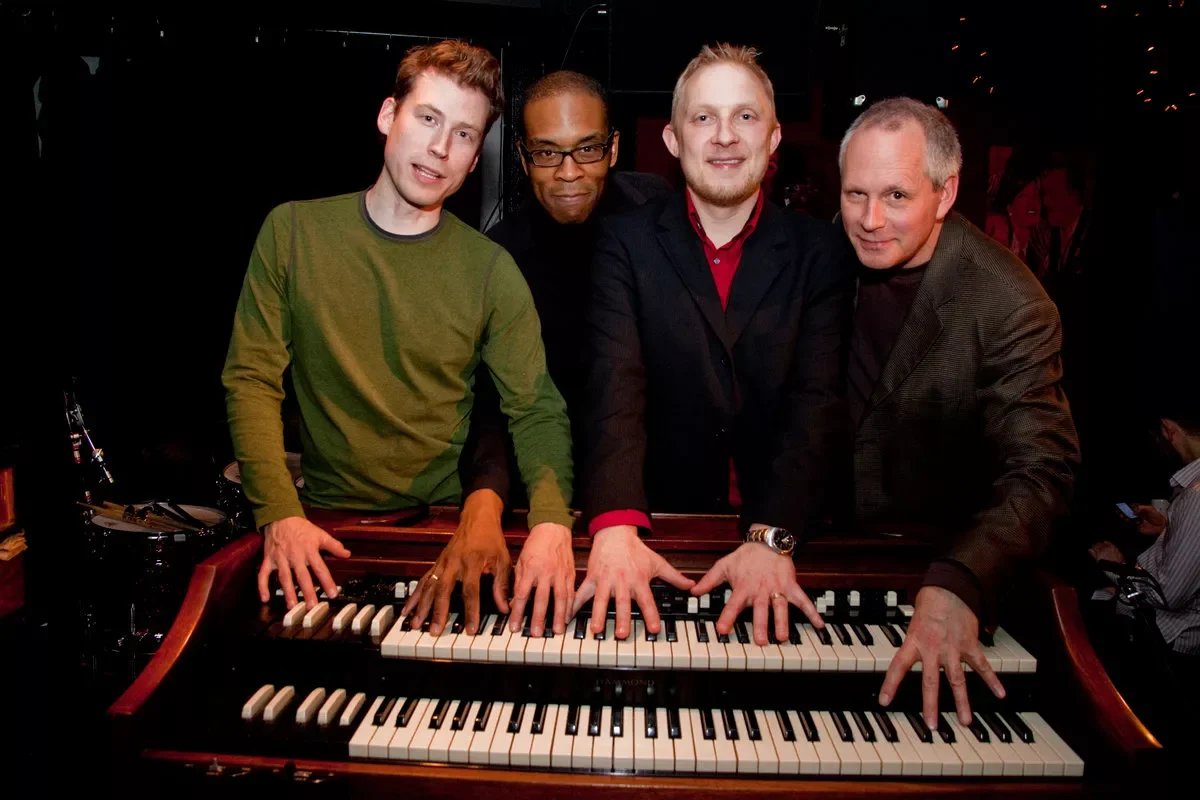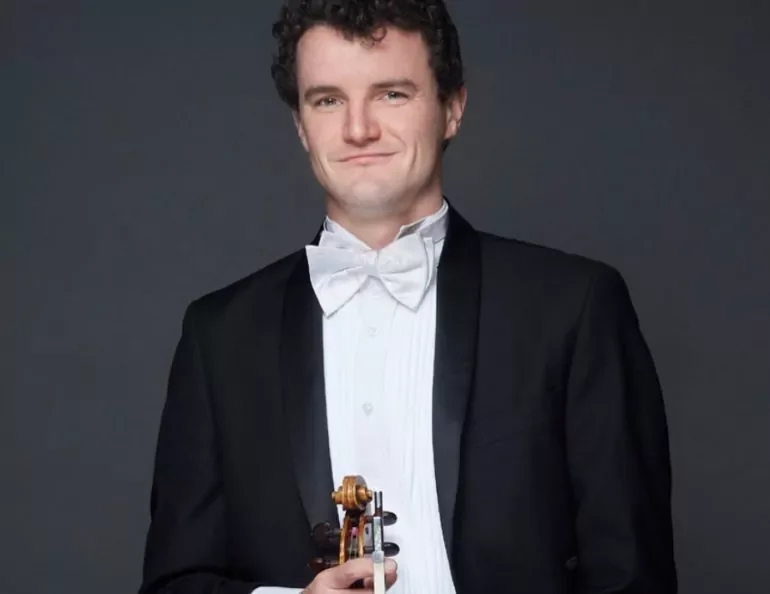Pura Fe details the Indigenous roots of rock and jazz in a series of Vancouver appearances
The singer, songwriter, activist, and educator sings, speaks, and screens Rumble here, at Talking Stick, the Jazz Fest, and VIFF Centre
Pura Fe
The Talking Stick Festival presents West Coast Sounds at the Ironworks on June 24. Rumble screens at the Vancity Theatre on June 27. The Vancouver International Jazz Festival presents Chamber of Bones at Performance Works on June 30
THE 2017 DOCUMENTARY Rumble: The Indians Who Rocked the World was eye-opening in any number of ways, especially for those unaware that electric-guitar innovator Jimi Hendrix had Cherokee ancestors, or that Cree songwriter Buffy Sainte-Marie’s career was temporarily derailed by an FBI blacklist, or that Shawnee rocker Link Wray essentially invented punk at the end of the 1950s.
The film’s most far-reaching revelation, however, was that many of the building blocks of what we now know as rock and jazz had their roots not in Africa, but in the Indigenous communities of the American southeast.
That’s the thesis that singer, songwriter, activist, and educator Pura Fe advanced in the film, and this week we’ll have a rare opportunity to hear her go into more detail, when Rumble screens as part of the annual Talking Stick Festival of Indigenous culture. Fe will be on hand for a post-show discussion with filmmaker and educator Doreen Manuel, part of a West Coast visit that also includes a West Coast Sounds concert appearance, and a Vancouver International Jazz Festival date in which she’ll be accompanied by an all-star improvising string section led by violinist and film composer Jesse Zubot.
We’ll get a chance to hear some new works from the multifaceted artist, some very old compositions from her Tuscarora and Taino ancestors, and some provocative thoughts on music, history, and appropriation—along with, most likely, a few hints about some very exciting projects that are still in the works.
When Stir reaches Fe, she’s at home in northern Saskatchewan, where she’s lived for the past few years after time spent in New York City, Seattle, and her ancestral Tuscarora lands in North Carolina—which is where we go first, when we ask about her contributions to Rumble and the Native roots of rock ’n’ roll.
“Southeast music is not reminiscent of the music from north of them—what you hear in the Plains war dances, with their high vocals,” she begins. “Their sound is low, and there’s a lot of call-and-response singing. That’s always been part of their ceremonial music, and you hear that all the way down to Brazil, with the Arawaks. So there’s a whole other sound from before Africa came, during the slave-trade era. Traditional music from all these Southern tribes definitely has a specific melody to it as well, and it is very much what you hear in blues, if you hear old field recordings.”
She demonstrates, singing a wordless, moaning tune that doesn’t sound like West African chanting, but that does bring to mind the eccentric 1930s blues stylist Skip James.
“People think that that’s African, but no,” she continues. “It comes right out of the earth in that part of the world. And I needed to figure this out, because I was hearing all kinds of things that were familiar to me. I asked my grandmother, ‘So what did this music sound like when you were a kid?’ And it was hard for her to describe, but [Kaw/Muscogee saxophonist and jazz composer] Jim Pepper was the one that really made a distinction, and he said that whole stomp-dance rhythm, that shuffle rhythm, was just our rhythm, and that’s what ended up in rock ’n’ roll and blues and so forth. Someone else was telling me that it was a Mohawk jazz drummer that came up with that ching-ching-ka-ching rhythm on the cymbals—and well, yeah, that makes sense. That’s just like shaking rattles in the longhouse. So a lot of the rhythms that you hear within blues and jazz are definitely Native.”
Fe does not downplay the African-American contribution to modern popular music, or the role of immigrants from the British Isles; she carries those heritages, too. But when she joins family and friends in West Coast Sounds, she’ll be focusing on her own most recent obsession: canoe songs, the paddling chants common to both her mother’s Tuscarora people and her Puerto Rican father’s Taino tribe.
“I come from a long tradition of big-canoe people,” she says, citing Taino dugouts that could carry 100 paddlers on long open-water journeys. “In fact, my dream is to make an album of people from all over the world singing songs that they would sing on the water, from wherever they are from, and just pull from the ancestral waterways.”
First, though, she and Zubot are going to go into a Vancouver studio to make an album of Southeastern and Caribbean canoe songs, just the two of them and Fe’s trusty vocal looper. The two musicians met through the violinist’s partner, filmmaker Siku Allooloo—who’s of mixed Inuit and Caribbean heritage—and created a profound bond while working on Marie Clements’s haunting film Bones of Crows. The music they made is the starting place for their jazz-festival show Chamber of Bones, in which they’ll be joined by improvising string players Josh Zubot, Trent Freeman, Wesley Hardisty, Meredith Bates, Marina Hasselberg, and Peggy Lee.
“Working with Jesse is awesome, because I’m an improviser,” Fe says. “I love to improvise over anything.”
For Bones of Crows, she continues, her task was to create an atmospheric vocal response to what was being shown on screen.
“They brought me into this big studio, and they had a string section there,” she explains. “As I was sitting there listening to them, I was thinking ‘Wow, I would love to sing over that!’ And then the next day they put the headphones on me, and I had the screen to see what I was supposed to be making music to, and Jesse basically said ‘Just go!’ So that’s what I did for the film; I made a lot of soundscapes. Some of it was intense, and it all had to do with what I heard and what I could see.
“I haven’t seen the movie,” she adds with a laugh, “but a lot of people told me ‘Oh my god, your vocals are crazy!’”
Fe has her own movie project to finish, or did. Rumble producers Rezolution Pictures had asked her to write a documentary on Indigenous women in music, but it’s recently been reconfigured as a TV series. Over several episodes, she’ll talk to a wide assortment of contemporary and traditional performers, celebrating the profound diversity of Indigenous musical styles in the Americas and imploding some of the biases—both outside and inside Indigenous communities—that have held Native women back.
“It’s called Reclaim my Skin,” she explains, “and that really means, like, ‘reclaim what was stolen from me. I’m wearing my skin.’ And it also has a double meaning, about the drum and the drum hide, and where drums come from. In just about all Native creation stories, drums come to the women, but because of the residential-school type of Christianity, many communities forbid women to play drums or touch drums. It’s kind of ridiculous—and it’s not just that. It goes a lot deeper, into shaming women and taking art away from them. Expression and prayer… so much was taken away from the women.”
On her own, with her family, and alongside an ever-growing array of allies, Pura Fe is reclaiming expression, art, and prayer for Indigenous women—and for all of us, really. We’re lucky to have her in this world.













